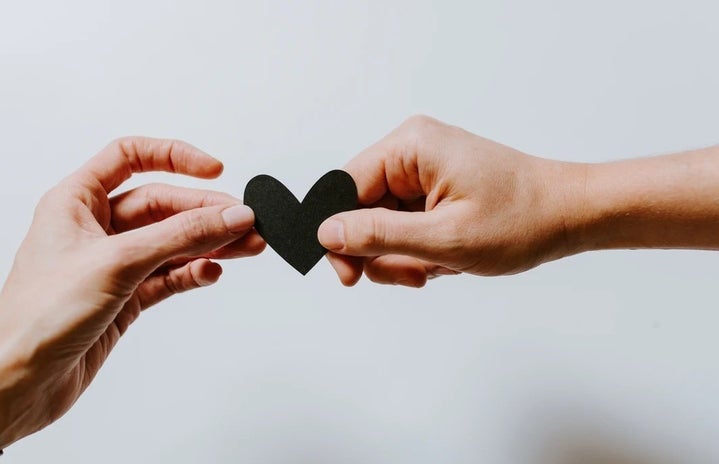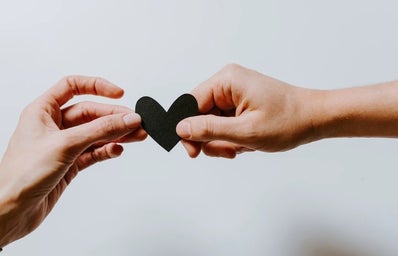Relationships, whether romantic or platonic, have always been an important part of my life. I’ve spent a lot of time thinking about how I can improve my relationships and what factors may influence them. If you’ve read my previous articles, you would know that one of my first articles was about love languages and how that manifests in relationships. As you can tell, I place a lot of importance on writing about my relationships, which brings me to this article. Recently, I began an adolescent psychology course, which introduced the idea of attachment styles to me. It got me thinking about how attachment theory would apply outside of the classroom and in my day-to-day life. I started to realize how my attachment style has impacted my relationships and how important they are to successful relationships.
There are four main types of attachment styles that form based on your childhood experiences, especially with your parents. The first style is:
Secure Attachment
People with secure attachment styles tend to have a positive view of themselves and others. They tend to feel secure in their relationships and have no problem expressing their emotions openly. These people tend to thrive in their relationships but also don’t fear being alone. They believe that they deserve love and trust those giving it to them, but also know how to reciprocate that love.
The last three attachment styles are categorized as insecure attachment styles:
Anxious Attachment
Anxious attachment individuals have a positive view of others and a negative image of themselves. These individuals often seek approval and responsiveness from their partners. They value their relationships but often worry that their partner is not as invested as they are. They need a sense of safety and security to alleviate the anxiety that they experience. A lack of support and attention can lead these individuals appearing to become clingy and desperate.
Dismissive-Avoidant
These individuals tend to view themselves as independent in an emotional context. They have high self-esteem and thus believe they do not need a relationship to be complete. They do not want to depend on anyone, nor do they need support and approval from others. People with this attachment style will avoid emotional intimacy and avoid/suppress their feelings when an emotional situation occurs.
Fearful-Avoidant
The last attachment style is fearful-avoidant. These individuals tend to have unstable relationships. They want but also fear intimacy with others due to their issues with trust and dependency. They have poor emotion regulation and avoid emotional attachment due to their fear of getting hurt.
Secure attachment is the most positive attachment style and tends to lead to successful relationships, but many people experience insecure attachment styles. I personally experience an anxious attachment style in many of my relationships and friendships. But over time your attachment style can evolve. So once you figure out your attachment style, you’ll be able to notice how your relationships are affected by it and are rooted in your childhood.


